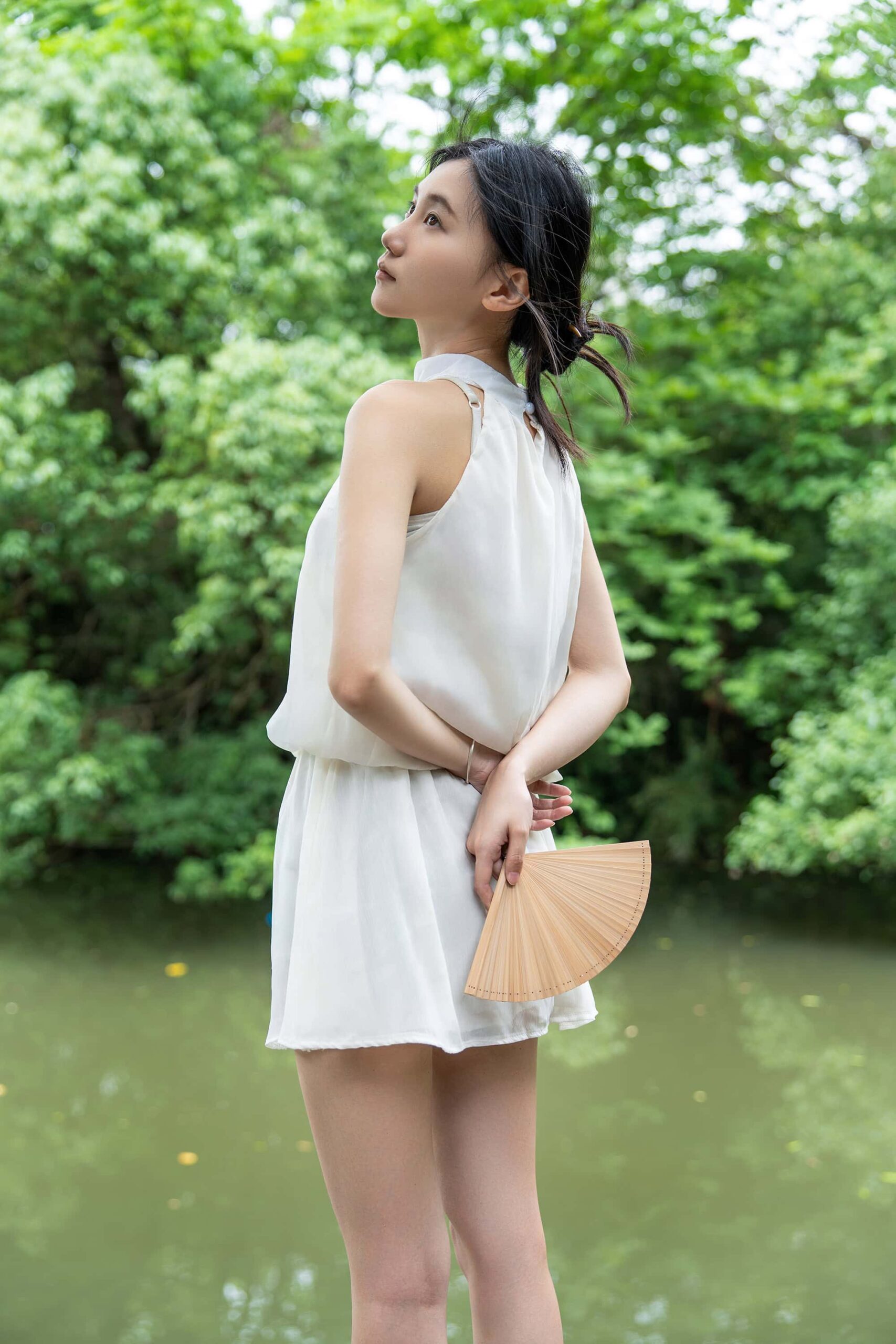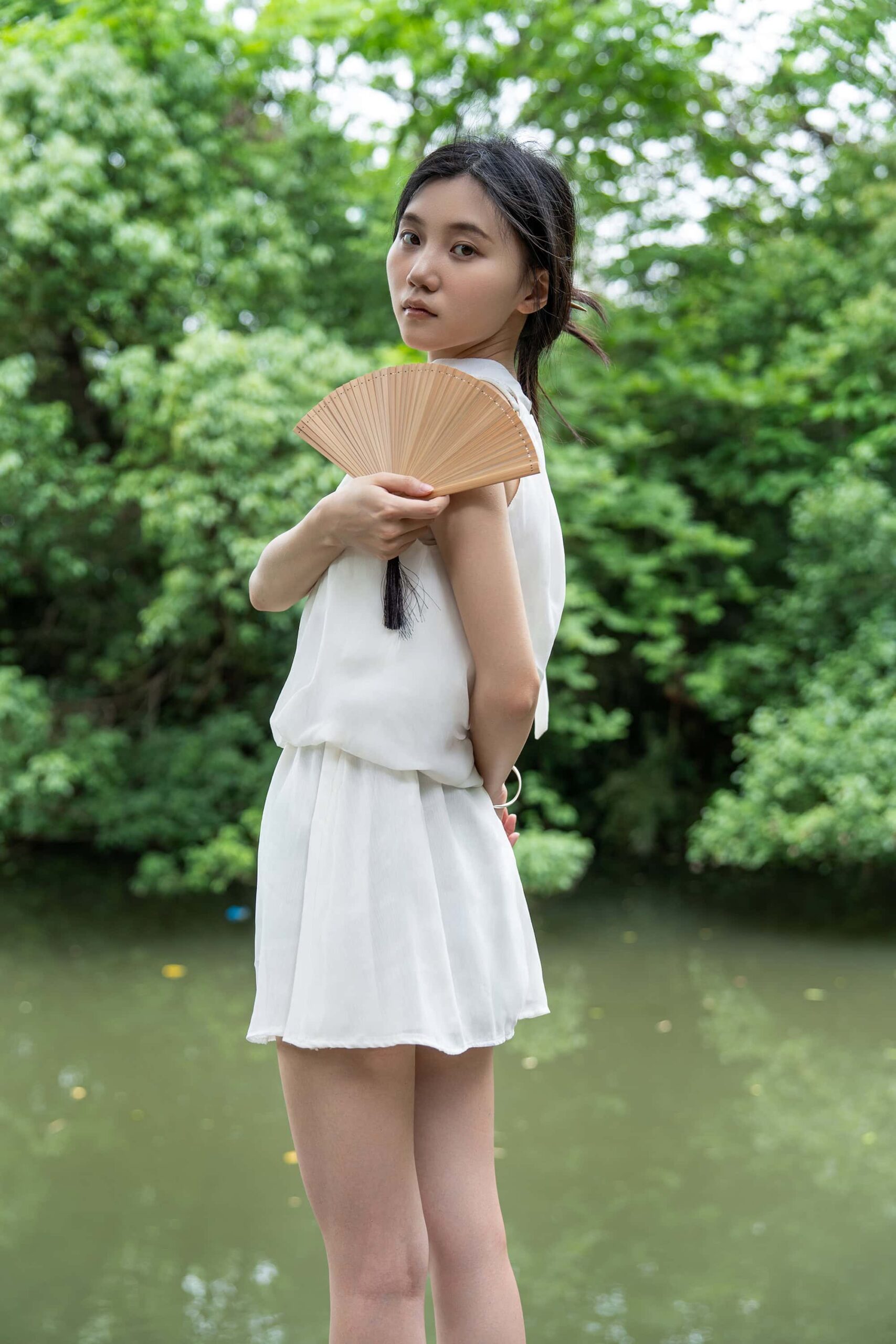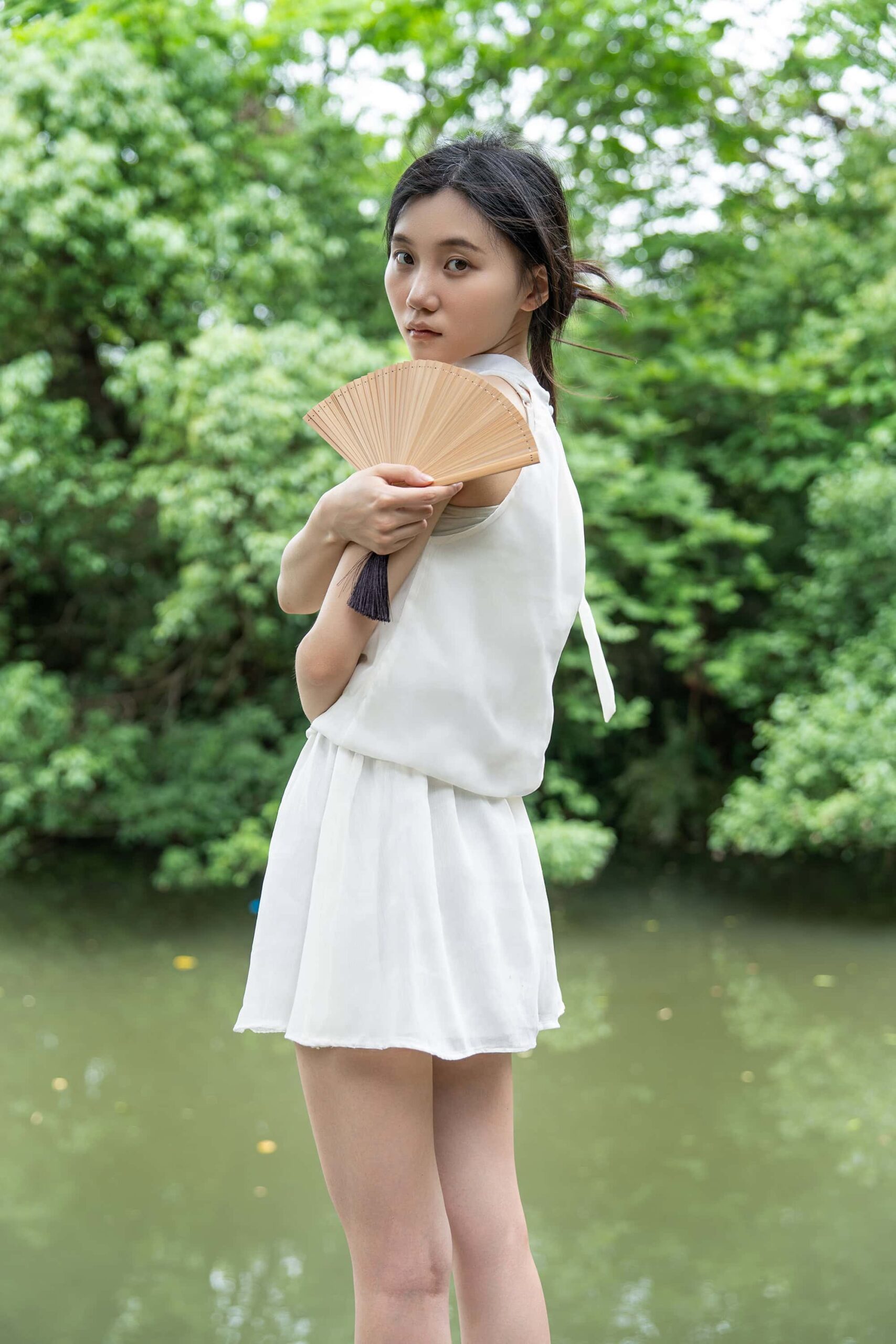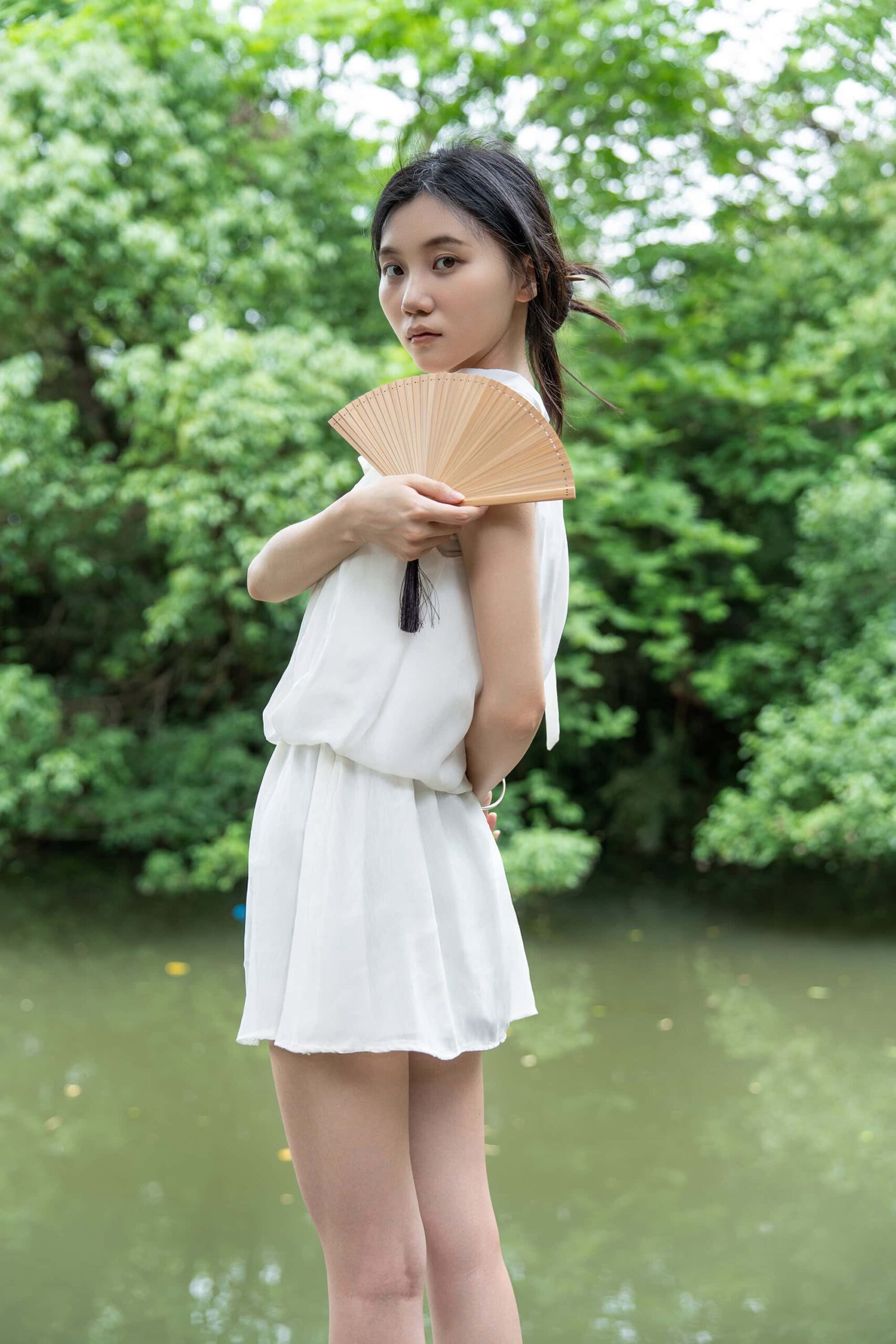Бесплатная доставка в большинство стран мира.
Бесплатная доставка в большинство стран мира.
The Chinese fan, often tucked into sleeves and thus known as the «gentleman’s sleeve companion,» was far more than a practical tool for cooling. It embodied the multifaceted significance of ritual, adornment, and lyrical expression cherished by Chinese literati. For some, painting fan surfaces became a livelihood, where scholars traded their brushwork and inscriptions for patronage. Take, for instance, Tang Bohu’s fan painting «Riverside Pavilion in Historical Dialogue,» which fetched over ten million yuan at a spring auction – a testament to the profound cultural and artistic value these objects command. While the fan’s exact origins are debated, its birthplace is undoubtedly Asia. A prevailing view suggests the folding fan entered China from Japan during the early Northern Song Dynasty, flourishing in the Ming era. As Chinese traditional culture evolved, fan-making absorbed diverse arts like carving, ink rubbing, calligraphy, and painting, maturing into a distinctive national craft.
The resonance between the fan and the emerging «Neo-Chinese» aesthetic stems from both cultural alignment and visual harmony. As a symbol of traditional Chinese culture, the fan carries a spirit of grace, restraint, and integrity—qualities echoed in the Neo-Chinese design philosophy. This contemporary interpretation of tradition values balance between the classical and the modern, often featuring blank space, symmetry, and organic materials to evoke a quiet yet refined beauty. The form, structure, and materials of the fan—whether bamboo, wood, paper, or silk—naturally exude this same sensibility. Its delicate construction and poised silhouette speak directly to the aesthetics of Neo-Chinese interiors. With its blend of craftsmanship—engraving, printing, weaving, and brushwork—the fan stands as a microcosm of traditional artisanal excellence. A well-crafted fan is not merely decorative—it performs. For instance, in The Drunken Concubine, the iconic opera artist Mei Lanfang used a folding fan as both a prop and a visual extension of the body, expressing a spectrum of moods from allure to intoxication. The fan’s lightness and mobility enhanced the flow and rhythm of his movements, lending elegance and control to his performance. As such, fans continue to embody both aesthetic grace and functional artistry. Whether adorning an interior or complementing an outfit, folding or round fans reflect the Neo-Chinese reverence for craftsmanship and detail.
Hangzhou’s Xixi Wetland represents a rare urban wetland ecosystem in the Jiangnan region, where mountains, waters, forests, fields, lakes, and grasslands coexist in an ecological harmony that naturally emanates an Eastern temperament of «Zen-like tranquility with hidden strength.» Misty waters stretch endlessly while waterways crisscross the landscape, with traditional black-canopied boats weaving through channels—perfectly complementing Neo-Chinese emphasis on subtlety, serenity, and impressionistic beauty. The wetland’s unadorned reeds, metasequoias, stone bridges, and meandering paths create an untamed natural beauty that provides ideal backdrop contrast for Neo-Chinese fashion’s flowing textures and traditional silhouettes. White gauze dancing in the breeze, merging with surrounding environment and shifting light, creates the poetic Eastern ideal of «wandering within a living painting.»












ПОМОЩЬ И ПОДДЕРЖКА
РЕСУРСЫ
МЫ ПРИНИМАЕМ
We use cookies to optimize your experience, analyze usage, and personalize content. Your continued browsing indicates consent to our cookie usage and the sharing of site interaction data with our marketing and analytics partners.